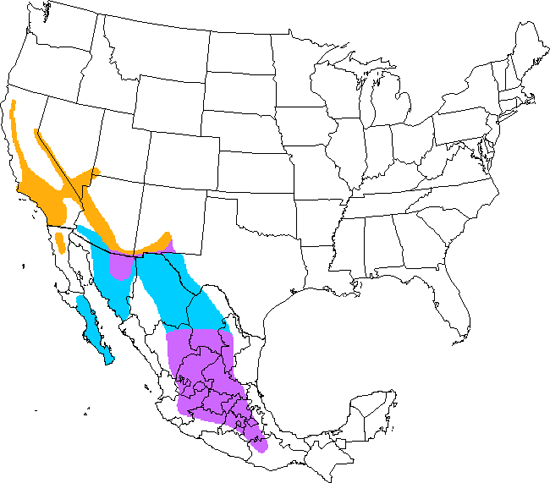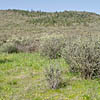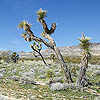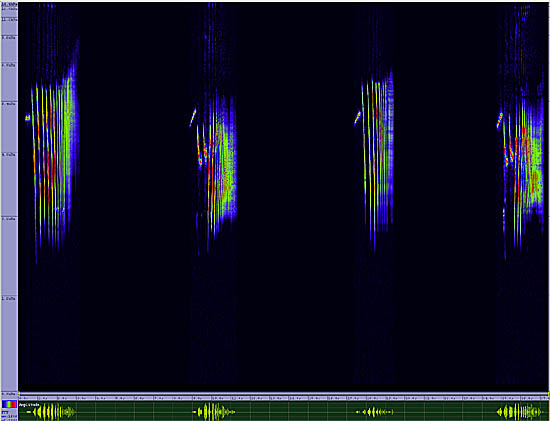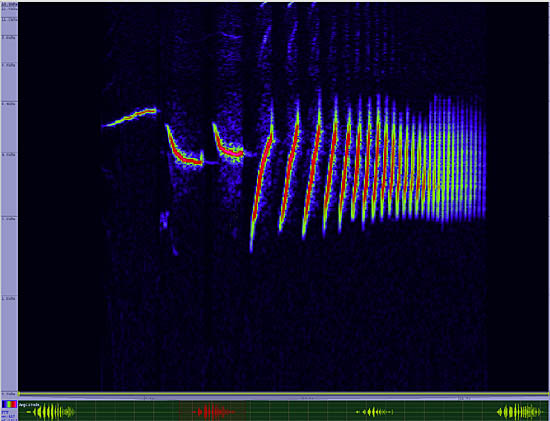Black-chinned Sparrow
Spizella atrogularis

Perching
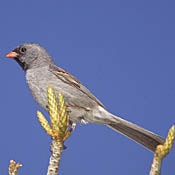
Length: 6 in. (15 cm )
A bird of open chaparral bushes and junipers, the Black-chinned Sparrow nests on foothill slopes. Its nest is found low in a dense shrub and is made of grass. During the winter this species often descends into flatter areas of high deserts and joins mixed species flocks of other sparrow species. It feed mainly on seeds on the ground but switches to insects when feeding its young.
The four-digit banding code is BCSP.
Bibliographic details:
- Article: Black-chinned Sparrow
- Author(s): Dr. Biology
- Publisher: Arizona State University School of Life Sciences Ask A Biologist
- Site name: ASU - Ask A Biologist
- Date published:
- Date accessed:
- Link: https://askabiologist.asu.edu/activities/bird/black-chinned-sparrow
APA Style
Dr. Biology. (). Black-chinned Sparrow. ASU - Ask A Biologist. Retrieved from https://askabiologist.asu.edu/activities/bird/black-chinned-sparrow
Chicago Manual of Style
Dr. Biology. "Black-chinned Sparrow". ASU - Ask A Biologist. . https://askabiologist.asu.edu/activities/bird/black-chinned-sparrow
Dr. Biology. "Black-chinned Sparrow". ASU - Ask A Biologist. . ASU - Ask A Biologist, Web. https://askabiologist.asu.edu/activities/bird/black-chinned-sparrow
MLA 2017 Style
Be Part of
Ask A Biologist
By volunteering, or simply sending us feedback on the site. Scientists, teachers, writers, illustrators, and translators are all important to the program. If you are interested in helping with the website we have a Volunteers page to get the process started.


